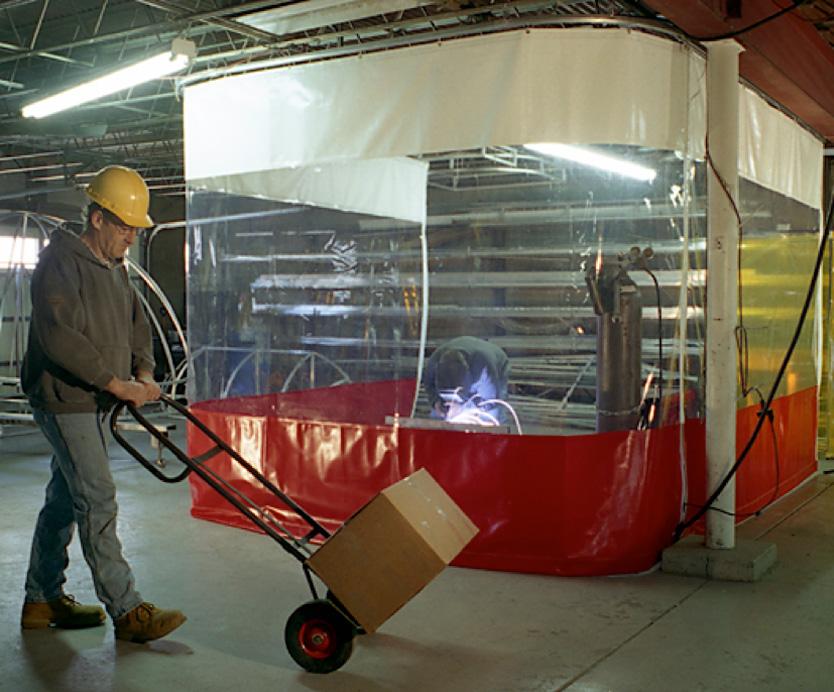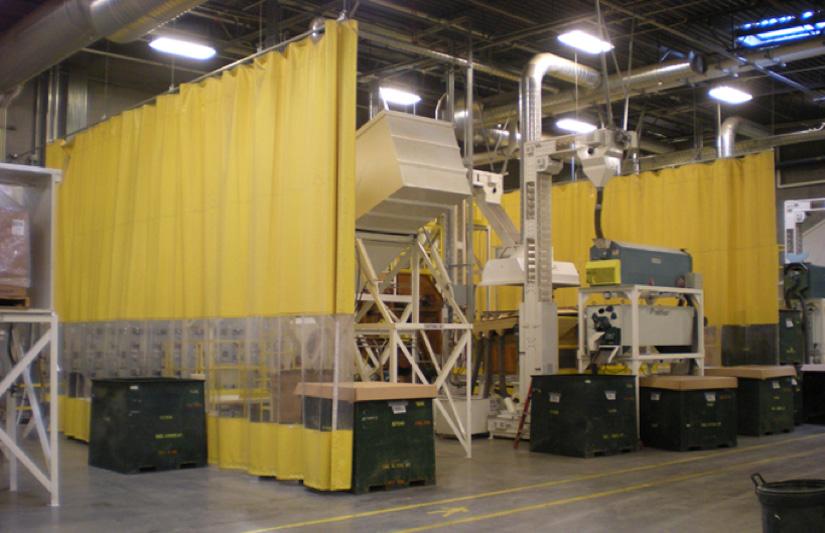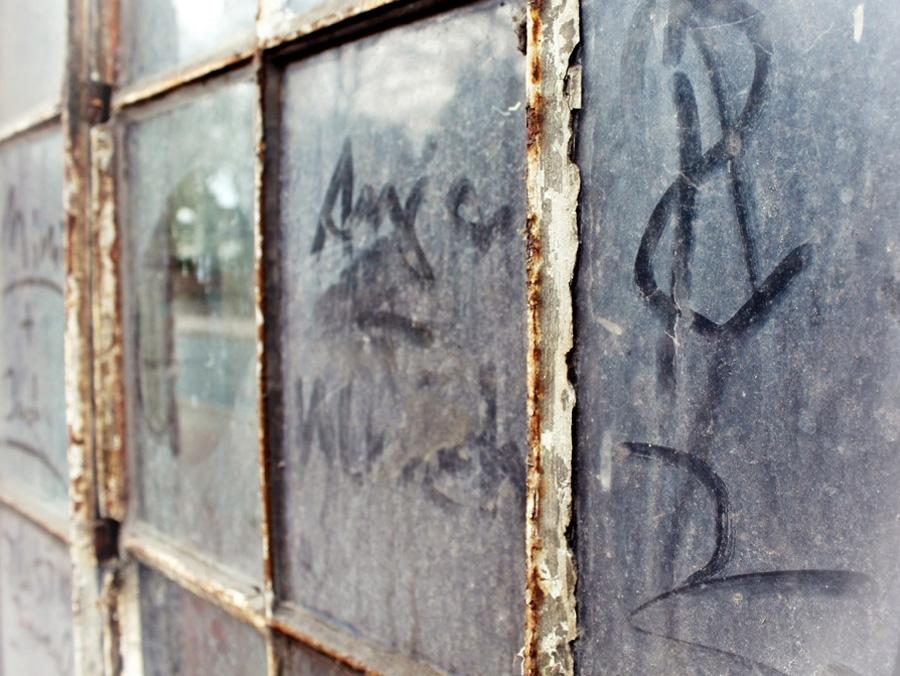American Made, Iron Clad Protected - Discover the Industries Best Warranty.

Blog
The Benefits of Dust Control Curtains in the Workplace

Dust and fumes present a significant nuisance in many work environments. Loose particulates can cause health and safety concerns by interrupting or distracting workers. Many don’t know that it can cause destructive explosions, or that dust is linked to lung cancer and other health ailments.
The use of industrial curtains to control dust and fumes increases safety and productivity in the plant. Curtains are fantastic because they are removable, effective barriers. They can reduce workplace noises and be adjusted or reinstalled to work around both interior and exterior projects.
The Dangers of Dust

Dust is a huge problem just about anywhere you go, and it can tank product quality. Product manufacturing in food, coatings and cosmetics all have to worry about compromising their products if the workplace is excessively dusty.
Airborne particulates are easily charged, meaning they can exchange electrons and become charges. Dust mites and other bacterial microorganisms can grow on the surface of dust, which means the particles can contaminate open batches.
Dirty workplaces need cleaning supplies and the manpower to clean surfaces. Trying to constantly maintain quality is expensive.
Not knowing the source of the contamination is more costly. Having an annual “spring cleaning” session can uproot dust and cause one-time batch compromises. A food production facility may be surprised by outlying results, and waste more manpower trying to reverse-engineer the batch to find the source of the problem.
As mentioned above, dust is flammable. Unlikely sources can be very dangerous; even deadly.
Grain elevator explosions have become a national concern. Dust easily accrues in poorly-circulated elevator spaces, and a single spark from static electricity can cause a disaster.

On average, a dust explosion occurs once a week in the United States. A buildup of 1/32” is enough to destroy equipment and claim lives. Since 1980, 119 workers have died as a result of dust eruptions.
There are other health effects, too, but the body does have a few defenses. When airborne particulates are inhaled, the dust is pulled into the lungs and effects the bronchi and bronchioles. These are tissues with tiny hairs that can trap dust in layers of mucus and other fluids.
Macrophages are sacs that can trap dust, and the lungs have proteins that neutralize particulates that threaten lung tissue. Excessive dust will overwhelm the body’s defenses, causing acute damage to your lungs.
Dust can inflame certain parts of the body. Inflammation in your nose is called rhinitis. Particles can cause swelling in the trachea, the bronchi or the lung tissue. Large dust particles more quickly cause injury and scar the lungs. These scars may be large enough to detect with a chest X-ray.
Silica is one of the most common workplace dusts. More than 2 million American workers are exposed due to poor dust control. That number is much higher in developing countries. Silica, being a carcinogen, has been linked to a terrible range of diseases, including cancer and Silicosis.
Controlling dust can be expensive. A self-regulating system, like extensive duct-work or new exhaust installations, will cost your business thousands of dollars. In terms of worker’s health and potential safety hazards, however, it will save money in the long run.
Dust barriers, depending on the situation, can be a cost-effective solution to severe and permanent problems. Contact Steel Guard today for more information about product solutions that will work for your unique situation.
Recent Posts
- Noise Enclosures vs. Traditional Soundproofing: Which Is Right for Your Facility?
- Steel Guard Safety Achieves SBA HUBZone Certification, Expanding Government Market Opportunities
- 5 Myths and 5 Truths about Smoke Curtains
- 7 Common Mistakes to Avoid When Setting Up Machine Guarding Fences
- Industrial Curtain Walls: 6 Reasons Why Manufacturing Facilities Must Have Them
- Industrial Soundproof Curtains: How to Decide Between Floor-Mounted and Ceiling-Mounted Curtains
- How to Transform a Noisy Open-Plan Office with Acoustic Baffles
- A Guide to Choosing the Best Concrete Blanket for Construction Projects
- Porch Curtains: 8 Amazing Reasons to Install These Curtains in Your Home
- Chemical Splash Curtains and Their Applications in Different Industries
Categories
- Accordion Fold Curtains
- Acoustic Baffles
- Agri-Shield Curtains
- Auto Body Shop Curtains
- Bio Plastics
- Industrial Divider Curtains
- Industrial Safety Products
- Insulated Curtain Walls
- Machine Guard Safety Fencing
- Mesh Curtain Screens
- News
- Outdoor Curtains
- PVC Strip Curtains
- Smoke & Draft Curtains
- Soundproof Noise Blocking Curtains
- Spray Paint Booth Curtains
- Tarps
- Thermal Curtains & Covers
- Uncategorized
- Warehouse Dividers
- Welding Blankets
- Welding Curtains
- Welding Screens



